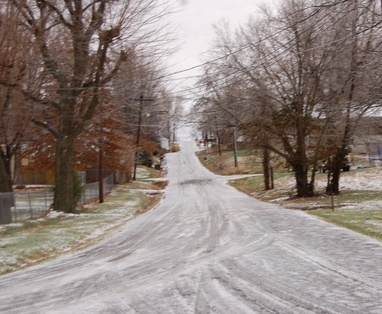
Navigating your vehicle on slippery roads can prove be a treacherous task. This applies especially to vehicles with drive-trains that are ill-equipped to maintain traction on ice. Traditional all-wheel drive systems are designed for power and ease of acceleration. However, they do not always excel on black ice.
Unlike basic front and rear-wheel drive systems, all-wheel drive (AWD) is designed to propel the vehicle with both sets of wheels. The power created in the engine is converted into forward energy, which is independently channeled into all four wheels. With AWD, what affects one wheel will affect the rest. When one tire slips and loses traction, the other three will follow suit.
Traditional all-wheel drive vehicles provide excellent traction control on rugged terrain. The AWD system is designed to deliver more torque to the wheels. This enables the vehicle to power over different types of rugged driving surfaces. However, basic AWD is not as well-equipped to handle black ice as it is rugged terrain.
Black ice, also known as clear ice or glare ice, occurs when the temperature of the pavement drops below freezing (32 degrees Fahrenheit) and the surrounding air is above freezing temperature. This causes water to immediately freeze on the pavement and create a seemingly invisible layer of ice that can greatly affect traction. This layer of ice can form from sleet, rain or melted snow. Black ice is especially treacherous for drivers as it is often nearly impossible to spot while driving.
All-wheel drive vehicles prove more effective than front or rear-wheel drive vehicles on black ice. The additional power provided to the tires promotes easier acceleration. However, all-wheel drive is not very helpful when it comes to overall stopping power on black ice. When applying the brakes in an all-wheel drive vehicle on icy road conditions, no power is going to any of the wheels. This is similar to a basic front or rear-wheel drive system. It makes the vehicle more prone to slippage as it is no longer able to grip the icy surface.
Always exercise extreme caution while driving on black ice. If you suddenly start to slide, take your foot off of the accelerator. Continuing to propel the vehicle will only worsen your loss of control. If you need to come to a stop on black ice, repeatedly tap your brakes. Lightly tapping them will help you maintain better control of the vehicle. Slamming on the brakes will cause a complete loss of traction which may lead to a spin-out.